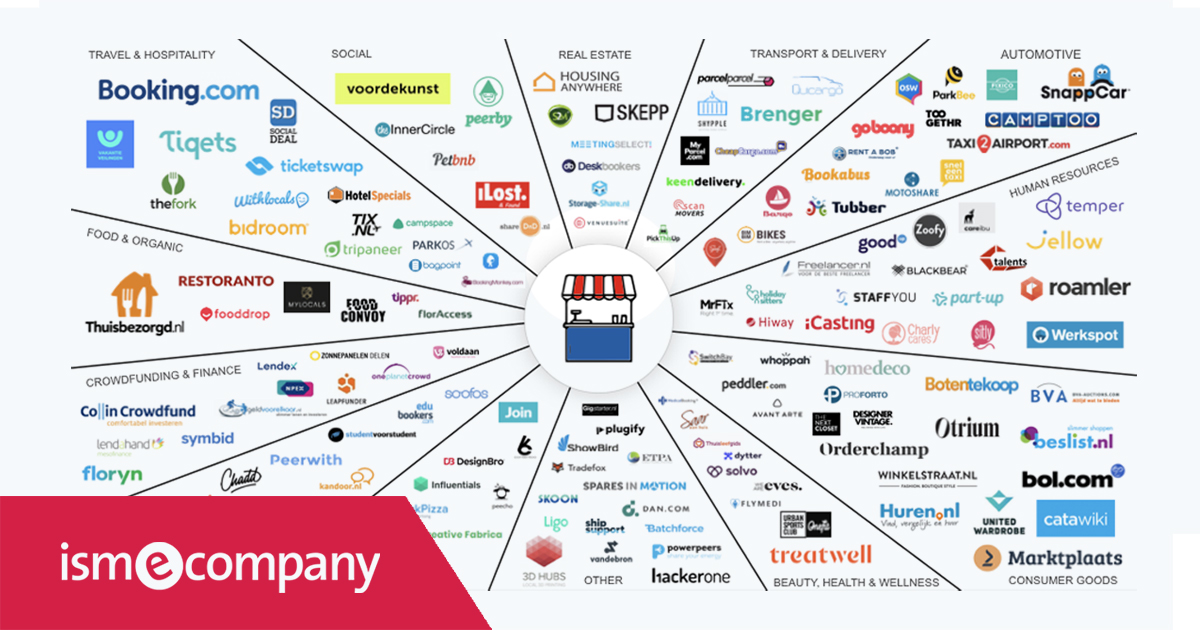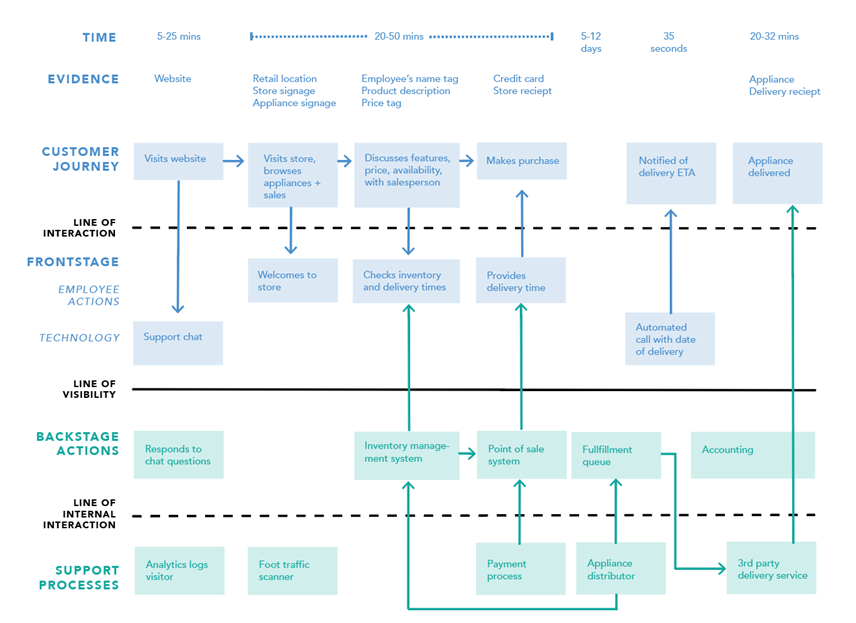5 steps to scale-up your marketplace strategy and execution in 2021
GUEST BLOG: 5 steps to scale-up your marketplace strategy and execution in 2021

Marketplaces are increasingly dominant in the e-commerce spectrum. Amazon.nl, for instance, has grown by 40% in the Netherlands (source). According to Peak Capital, the number of (niche) marketplaces is growing and will keep on growing in 2021.
Do you want to scale up your marketplace strategy and execution next year and tap in on this trend? Follow these 5 steps:
STEP 1. Make a quick scan of your current marketplace efforts
If you are already active on marketplaces like Amazon, Rakuten, or Zalando, the first step is to do a holistic analysis of these past and current efforts. Within this analysis, you need to answer the following questions:
- What are your most successful products?
- Can you point out the parts of your proposition (i.e., price or delivery times, compared with your competitors) that are most likely the reason for the success of selling these products?
- What content seems to work best?
- Which advertising methods give you the best results?
- What were your failures?
Learning from your mistakes, competitors, and success stories will give you a head start each time you scale up to another market or marketplace. With the subset of your biggest successes (products, price, proposition, advertising), you will proceed to step 2.
STEP 2. Select target markets to scale
Suppose you want to scale up your marketplace activities. In that case, you broadly have 2 options: Enter new geographic regions within the same marketplace (i.e., Amazon.nl and Amazon.de) or enter new marketplaces within the same geographical area (i.e., Zalando.nl and Otto.nl.)
- New geographic regions within the same marketplace often are to be the most logical choice to scale-up. You know how the platform works, the fee structure is clear, and you probably have already linked into systems like your ERP, PIM, e-commerce platform, and ChannelEngine. However, the differences between geographical markets and the accompanying challenges are often underestimated. The results of your quick scan in step one can only partially be used in this case. The differences regarding competition, demand, culture, and demographics can hold back your success. Therefore, research these potential differences and experiment before fully scaling up in this situation. Use trusted and proved models to assess these differences: consider competition with Porter's Five Forces analysis or cultural differences with Hofstede's five dimensions. To analyze your products' demand, you can use a tool like Jungle Scout.
Small (or big) sidenote: you have to take language differences and costs of translating content and (if applicable) customer service into account when calculating your business case in step 3.
- New marketplaces within the same geographical region is an excellent strategy to scale up with as the primary goal to increase market share. Consumers orient and buy on multiple marketplaces. Therefore, if you want to be where your target audience is, you probably need to be on more than one marketplace. With this option, you can use a lot of information from your quick scan in step one. Please consider in your business case in step 3 that you need to know the new marketplace like their buy box dynamics, fee structure, and advertising possibilities.
Write down the pros and cons of your specific situation of the two options above. Then decide if you see the most potential in option 1, option 2, or combining the two.
STEP 3. Calculate business case
Before scaling up, it is always wise to calculate a business case. Take your options from steps 2 and 3 into account when writing up your business case. Make use of the ranges you want to use in your offering and make sure you know the fee structure of the marketplace you want to expand to. Even though marketplaces' benefits are that it's relatively easy to scale up or experiment with scaling up with relatively low costs, you should not skip this step since there are often many hidden costs. One of the underestimated costs is that you have to divide your resources over more market(s) and/or marketplaces. One example is in advertising, where you need to make sure you have enough individual budget per advertising channel within the marketplace to create impact. If possible, do some small experiments to validate your business case before scaling up.
STEP 4. Set-up processes and systems
Simultaneously with or just after a positive validated business case, you have to make sure all the needed processes and systems are in place. With new markets and marketplaces, new processes come into place. Your logistic-, advertising- and customer service processes change or become more complicated. And as you might already know, as easy as it is to become a seller on a marketplace, just as easy it is to get kicked off the same marketplace. Often this is due to bad management of processes like customer service or logistics. Systems and tools like ChannelEngine should help you standardize your processes and scale up efficiently and effectively. By integrating Channel Engine, you will be able to scale and manage your new marketplaces faster and less prone to errors. Ensure you take your Total Cost of Ownership into account when selecting and integrating the right system for your processes.
To set-up new and assess and improve your marketplace processes, you should make a service blueprint. With this service blueprint, you visualize the customer journey, strategies to support those processes, and the technology you need to keep those processes. With this visualization, it is relatively easy to spot weaknesses and efficiency opportunities in your processes and systems.

Figure 1. Service blueprint example (source).
STEP 5. Go-live and optimize
The last step is to go live on the new platform, either with or without an experiment, before fully scaling up. For every new market(place), make sure everyone knows when you are going live and pay extra attention to all the relevant KPIs in your marketplace’s dashboard. Then it’s time to optimize and scale up again. Therefore, don’t forget to write down your learnings before you start at step 1 again.
In sum, marketplaces are booming and will be growing both in volume and amount. Therefore you should scale-up to tap upon these opportunities. But be aware, success in one marketplace does not mean success in the next one. By experimenting and taking the right steps, you will scale up fast and have a successful 2021 full of (marketplace)growth.


